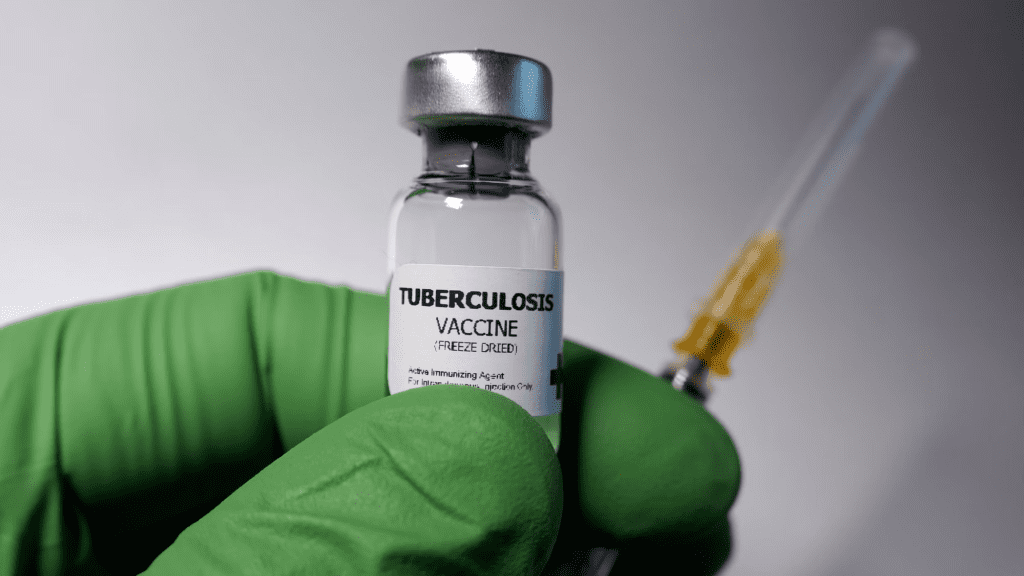
Tuberculosis (TB) continues to be a global health challenge, affecting millions of individuals worldwide. In this post, we will delve into the importance of testing and treating TB, highlighting the significance of early detection, effective treatment, and the collective efforts required to eliminate this infectious disease. By prioritizing testing and treatment, we can save lives, prevent transmission, and work towards a TB-free world.
Testing is a crucial step in the fight against TB. It enables early detection of the disease, allowing for prompt treatment initiation and reducing the risk of further transmission. Various diagnostic tools are available, including chest X-rays, sputum tests, and newer molecular-based techniques, which provide faster and more accurate results. Timely and accurate testing is essential to identify TB cases promptly and initiate appropriate treatment.
Being aware of common TB symptoms is vital for early detection. Persistent cough lasting for more than two weeks, chest pain, coughing up blood, fatigue, weight loss, and night sweats are some common signs of TB infection. If you or someone you know experiences these symptoms, it is crucial to seek medical attention and request a TB test. Prompt diagnosis ensures timely treatment and prevents the progression of the disease.
TB is curable with the right treatment. The standard TB treatment regimen involves a combination of antibiotics taken for several months. Adhering to the full course of treatment is crucial to ensure successful outcomes and prevent the development of drug-resistant TB. Close monitoring by healthcare professionals throughout the treatment journey is essential to address any side effects, ensure treatment adherence, and support the overall well-being of the individual.
Eliminating TB requires collaborative efforts from healthcare professionals, policymakers, researchers, communities, and individuals. Governments and health organizations must invest in strengthening healthcare systems, ensuring access to quality diagnostic tools and medications. Additionally, community engagement and awareness programs can help dispel stigma, improve treatment adherence, and promote preventive measures. By working together, we can overcome the barriers associated with TB and accelerate progress towards elimination.
Advancements in TB testing and treatment are shaping the fight against this disease. New diagnostic tools, such as GeneXpert and molecular-based tests, provide faster and more accurate results, enabling prompt treatment initiation. Research efforts are focused on developing shorter and more effective treatment regimens, including drug combinations and novel therapies. Continued investment in research and innovation is critical to improving TB diagnostics, treatment outcomes, and ultimately achieving TB elimination goals.
While testing and treatment are essential components of TB control, prevention plays a significant role in reducing the burden of the disease. Preventive measures include screening high-risk populations, such as close contacts of TB patients or individuals living with HIV, and administering preventive therapy to those at risk of developing TB. Additionally, infection control measures in healthcare settings and raising awareness about TB transmission and prevention can contribute to reducing the spread of the disease.
Testing and treating TB are essential steps towards eliminating this global health burden. By prioritizing early detection, timely treatment initiation, and collaborative efforts, we can save lives, prevent transmission, and move closer to a TB-free world. Let us join forces to raise awareness, support research and innovation, advocate for improved access to diagnostics and medications, and promote preventive measures. Together, we can make a lasting impact in the fight against TB and create healthier communities worldwide.
